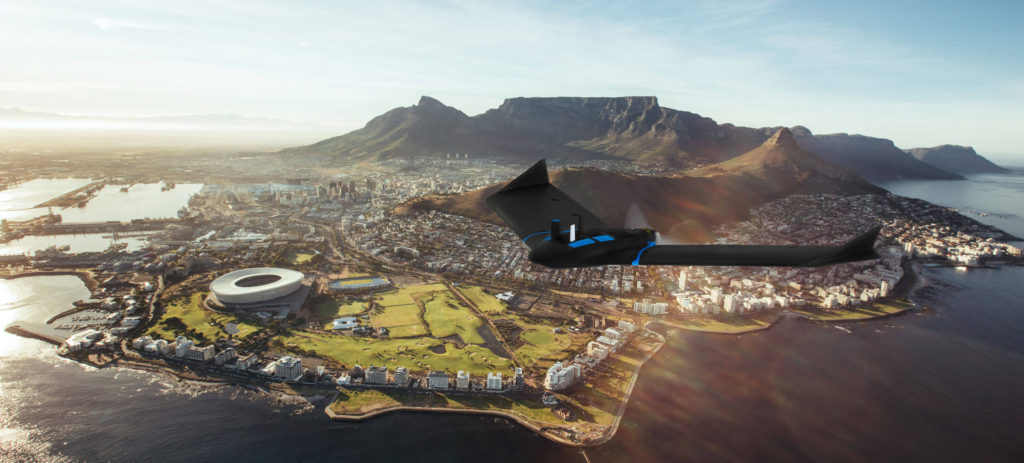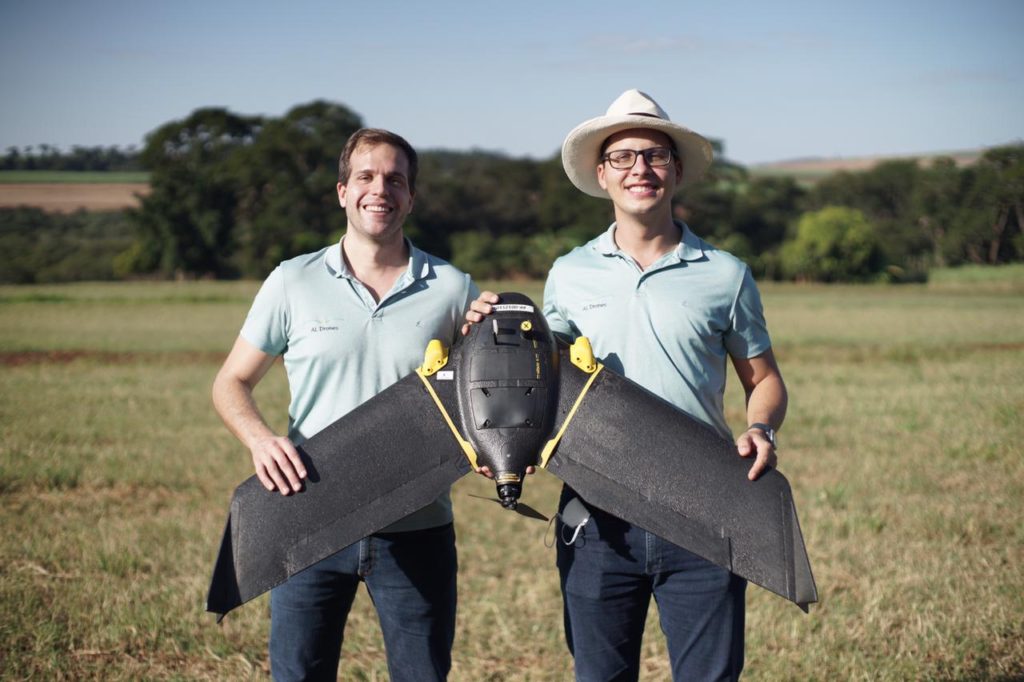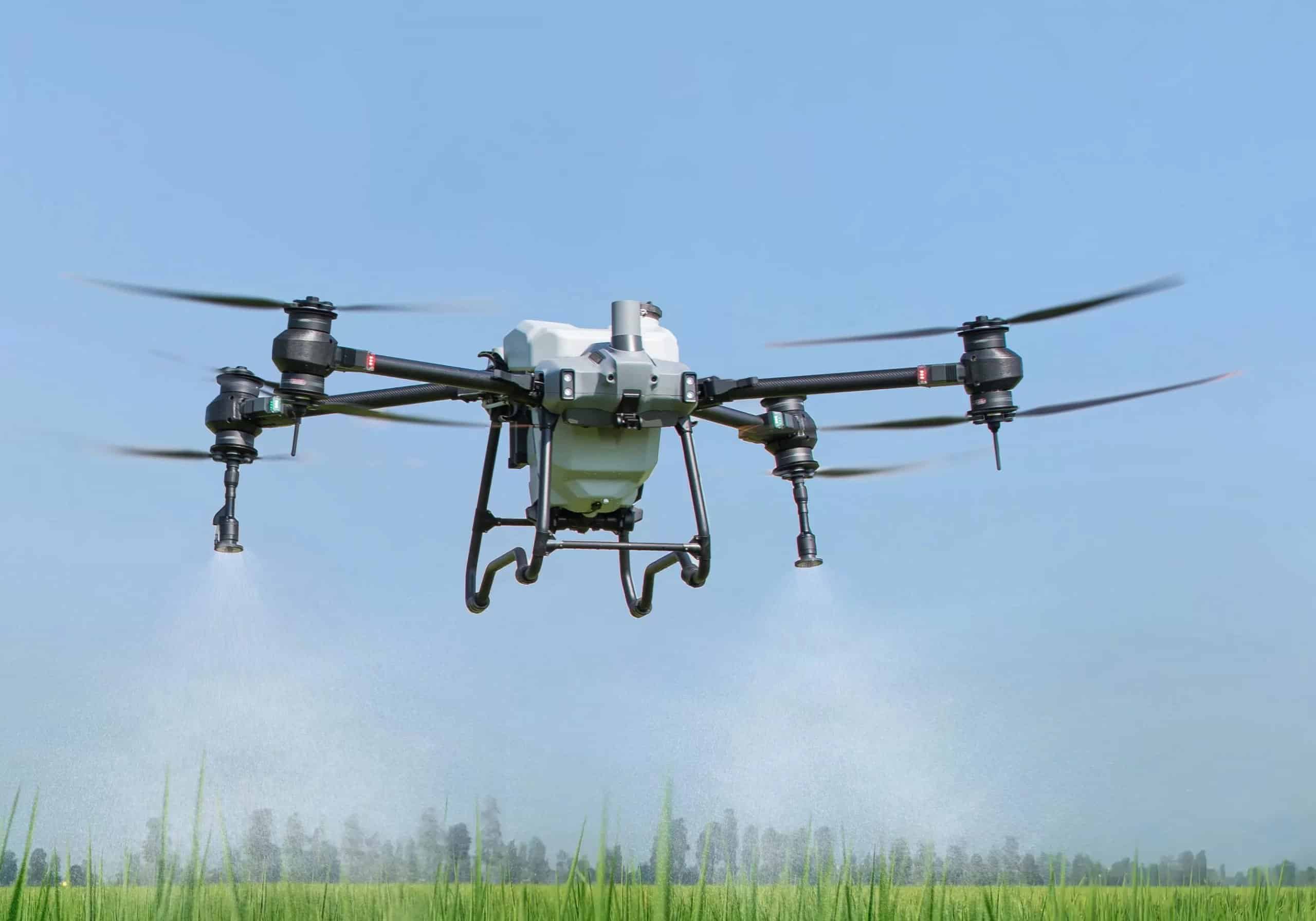A AL Drones e a Santiago & Cintra Geotecnologias asseguraram a Design Authorization da Agência Nacional de Aviação Civil (ANAC) para os modelos eBee Geo e eBee Ag, ambos fabricados pela empresa suíça SenseFly. Com isso, agora são sete modelos da linha eBee autorizados no Brasil para realizar voos BVLOS (Beyond Visual Line of Sight, em inglês), ou seja, além da linha de visada visual do piloto.

The Design Authorization process for these new models took four months, a record time for this type of approval at ANAC. Throughout the process, it was proven that the drones meet all the requirements for BVLOS flights in the country, including safety systems, protection logics, anti-collision lights, systems redundancy, operational and emergency procedures for flights beyond the pilot's sight.
The eBee Geo and eBee Ag models are specialized in mapping large areas and are highly efficient in these applications. They are already operating massively in several countries, with Brazil being the highlight in terms of sales and operation of this equipment. In the country, SenseFly is represented by Santiago & Cintra Geotecnologias, holder of the ANAC Design Authorization for eBee drones.
The eBee Geo has a Maximum Take-Off Weight of 1.3 kg, an autonomy of 45 minutes and can map up to 160 hectares at a height of 120 meters. It is equipped with the S.O.D.A. camera, a reference model of photogrammetric payload for professional drone use, which captures high quality images in a variety of lighting conditions, producing vivid orthomosaics and accurate digital surface and elevation models.
In turn, the eBee Ag has a Maximum Take-Off Weight of 1.6 kg and has the option of extended autonomy up to 55 minutes, which allows a coverage of 200 hectares flying 120 meters above the ground. Used for crop mapping, the drone makes use of the dual-purpose Duet M payload, combining a S.O.D.A. camera and the Parrot Sequoia+, a world-class recognized multispectral camera. Both models use eMotion software for flight planning and operation.
"The process for BVLOS Authorization of the eBee Geo and Ag in Brazil was very efficient. ANAC was able to quickly evaluate the design changes, which contributed a lot to expedite the process", highlights the co-founder of AL Drones, Lucas Florêncio.
After the ANAC Design Authorization milestone, the SenseFly eBee Geo and eBee Ag drones are now able to obtain the Special Airworthiness Certificate for Drones (CAER) from ANAC, which is mandatory for BVLOS flights in Brazil.

Professionalization of the drone sector includes Design Authorization
The eBee Geo and eBee Ag models now join the eBee Classic, eBee Classic RTK, eBee Plus, eBee SQ and eBeeX drones, all of which have received the Design Authorization from ANAC, under different processes conducted by AL Drones. The first BVLOS authorization in Brazil was obtained in 2019 for eBee Classic and eBee Plus drones.
This demonstrates the design maturity of the eBee drone family, widely used in Brazil, and also the high safety level in BVLOS operations with this equipment. The ANAC Design Authorization is mandatory for Class 3 drones (Maximum Take-Off Weight from 250 g to 25 kg) that fly BVLOS or above 120 meters, and also for Class 2 drones (Maximum Take-Off Weight between 25 kg and 150 kg).
"The authorization for the new SenseFly models shows the importance of BVLOS flight for the scalability and safety of operations", emphasizes the AL Drones co-founder, André Arruda.
The safety requirements for BVLOS flights brought by ANAC is a reference in drone certification, and the demand for professional drone manufacturers has increased, precisely to guarantee regular operations in Brazil and increased application in various productive sectors of the country.
“The support and guidance from ANAC, as well as SenseFly engineering engagement during the Design Authorization process are fundamental for the success of this approval, allowing an effective contribution to the safety of the equipment and its operation”, emphasizes André Arruda.
Certification Pioneer
AL Drones has actively participated in the professionalization of the drone sector in Brazil since its foundation, in 2017, when the Engineering & Consulting company innovated by bringing concepts of Aeronautical Certification of manned aircraft to the certification of remotely piloted aircraft.
With the Authorization of eBee Geo and eBee Ag, AL Drones now counts with eight authorized models at ANAC, which makes the company the leader in drone certification at Latin America. In addition, the company was responsible for the most disruptive approvals in Brazil, such as the Speedbird DLV-1 NEO, the first Drone Delivery to receive the ANAC Design Authorization for BVLOS flights, on a commercial basis.

AL Drones has a team of aeronautical engineers and flight test pilots dedicated to conducting certifications for remotely piloted aircraft in Brazil. Every professional has deep experience in the Aviation industry, in companies such as EMBRAER, AIRBUS and LATAM Airlines.
“Our objective is to bring the concepts of certification and safe operation, from Aviation to drones, allowing a new level of this technology in Brazil and abroad”, says Arruda. Besides Brazil, the company is now also present in Europe, where it started operations this year to assist manufacturers with Unmanned Aircraft certifications in European Authorities.
The company is also responsible for the ANAC Design Authorization process of the DJI Agras T30, a heavy-duty Class 2 spraying drone that received the Experimental Flight Authorization Certificate (CAVE) in March 2022, for beginning flight tests in the context of the ANAC Authorization.
“The professionalization of drone operations is a clear movement in several countries, and Brazil has been leading the use and certification of this technology, through the intense regulatory work developed by ANAC and DECEA (Brazilian Airspace Control Department) in the country”, emphasizes Arruda.



